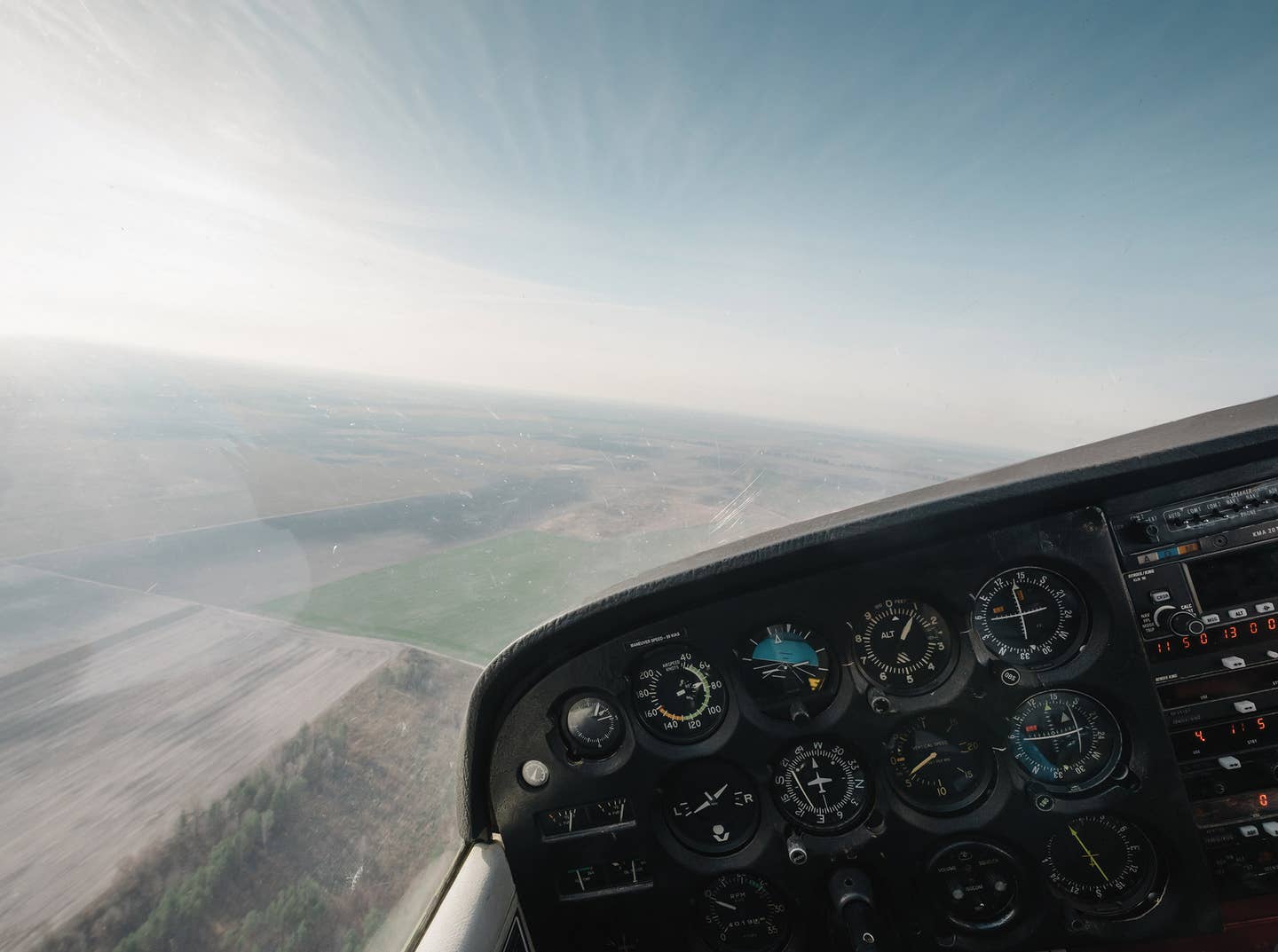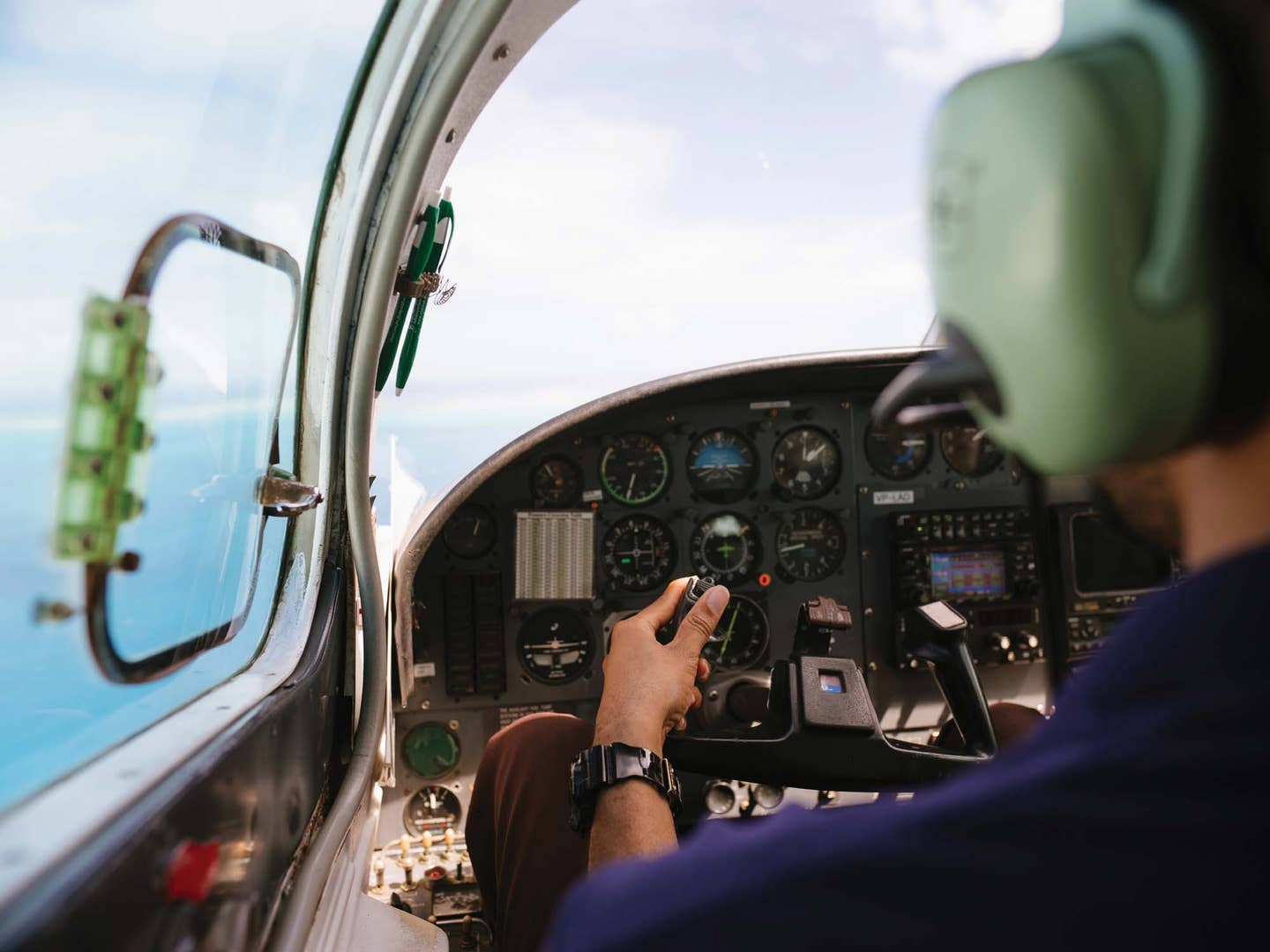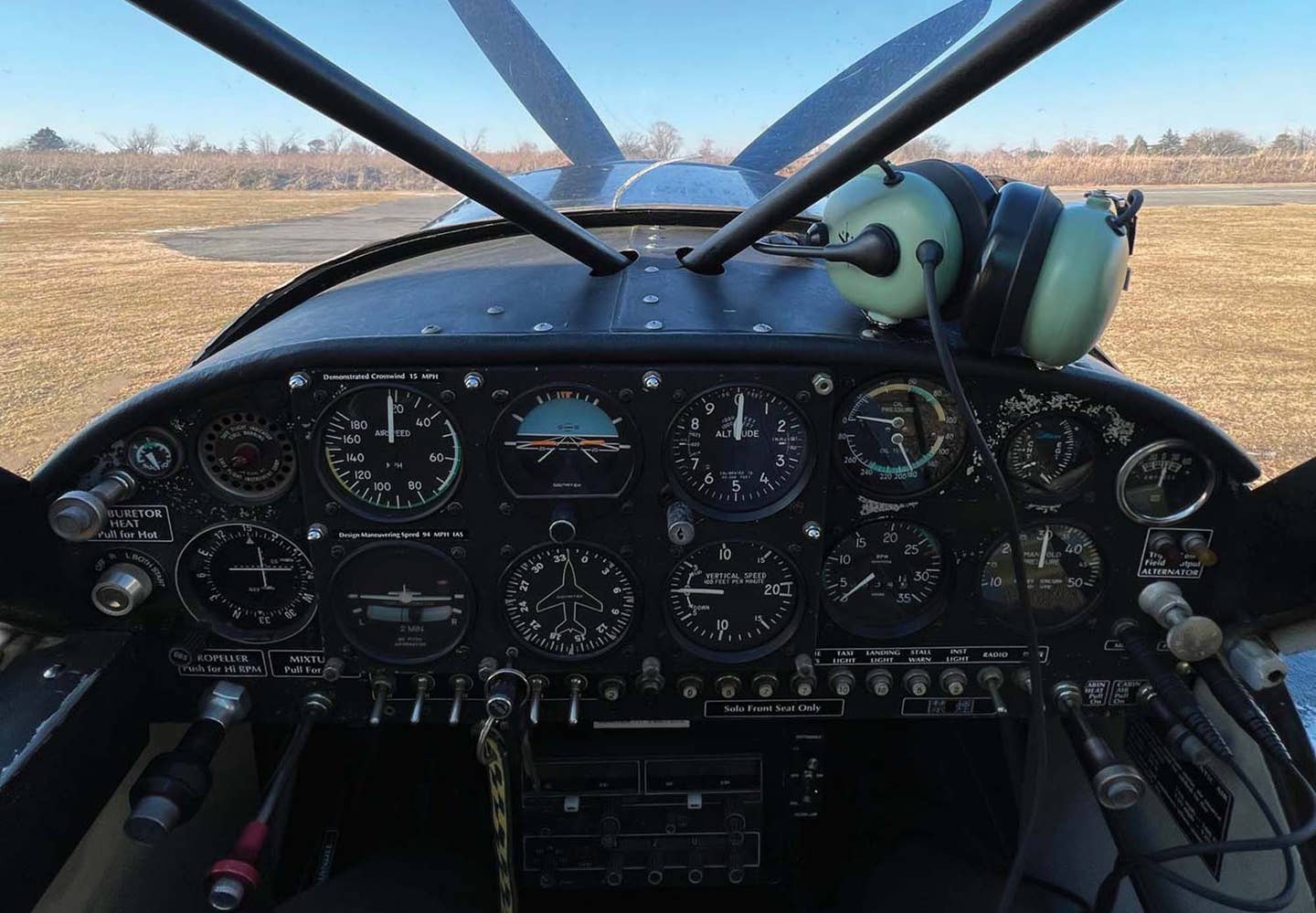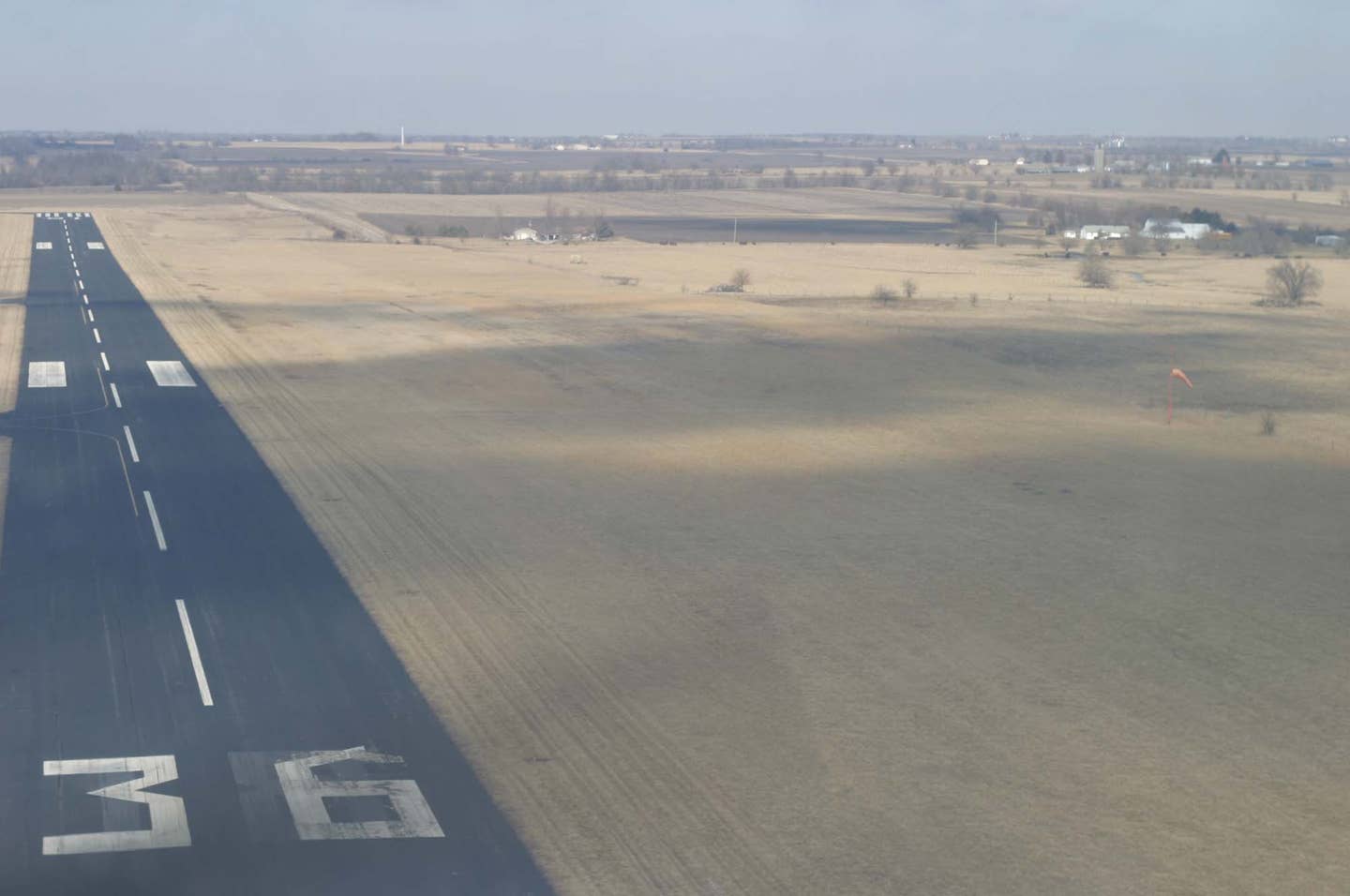Try That Instrument Approach Again
Imagine you just went missed on an approach down to minimums. Based on what the ATIS, ASOS, or AWOS indicated, it seems like the weather is just on the edge…

There are risks when flying an approach a second time after going around. [Pexels/Tim Mossholder]
Imagine you just went missed on an approach down to minimums. Based on what the ATIS, ASOS, or AWOS indicated, it seems like the weather is just on the edge of you being able to break out and make a landing. Maybe you even saw some pockets of hope, but just didn’t make visual contact with the runway before reaching the missed approach point. A few feet lower and you were pretty certain you would have been able to see the runway. The TAFs all said the weather was going to be improving. Perhaps you are just a little early for that expected improvement.
Ugh. You just want to land at your destination. What do you do now?
This can be a really difficult decision for a pilot. Do you go hold somewhere? Do you try the approach again? Are there some factors you could change to improve your odds of landing at the end of the approach? Or do you just go someplace else?
All of these questions come with risk decisions.
Trying the Approach Again
It can be tempting to just try to fly the approach again. The upside is that if you break out, you get to land where you want, as originally planned. The downside is that if you had to go missed once, the odds are pretty darn good that you will have to repeat the process.
There are also temptations that come with attempting the approach again that are more related to the pilot than the weather. There is no doubt a pilot is more likely to descend below minimums, go just a little beyond the missed approach point, or try to force a landing at the end of an approach down to minimums after the second approach. These temptations can minimize or break the safeguards built into the published procedures that keep us from, well, bumping into stuff we don’t want to with our aircraft.
Trying an approach a second time takes a pilot down a rabbit hole of temptation that can lead to disaster. Does that mean you never should try an approach again? Well, no, but you should probably have a pretty good reason to do so, or you might be better off considering other options.
Trying a Different Approach
One option is to try a different approach—even at the same airport.
There have been times in my experience when I have flown an approach to a preferred runway, perhaps hoping to avoid a crosswind on the landing or even just because it was aligned with the direction from which I was approaching the airport. In cases such as this, a pilot might find themself flying a non-precision approach and have the opportunity to make a second approach attempt to a different runway that has a precision approach or even just one with lower approach minimums. In one case, where there was fog rolling in off a lake, the winds were calm, and I was able to fly an approach to a different runway that wasn’t obscured while the first runway was.
Visibility can also be variable, and an area of fog or low clouds over one runway end may not be present at another. Know the conditions. A different approach might make the difference.
Changing the Factors to Improve the Outcome
A key factor in deciding to fly the same approach or a different approach to the same airport is to critically evaluate if you can change any factors likely to improve the outcome. That might entail switching approaches, using a different navigation system, or even waiting for some weather improvement.
When you go missed on an approach, if you can’t honestly say something is changing from your first attempt, you should probably come up with a new plan. Doing the same thing again is not likely to generate a more positive outcome.
While we all like to think we are great pilots, another factor we might change is how we fly the approach. Did you end up flying a little above the glide slope? Was your CDI centered? Or were you rushing the approach to try to help ATC with faster traffic behind you?
I vividly remember going missed at Chicago’s Midway airport (KMDW) in a Cessna 172 when I was trying to help ATC by flying the approach at approximately 120 knots to not get in the way of all the jets coming in behind me. At that speed, and on an approach to absolute minimums, I had to go missed, even though I saw the runway at the last minute, because of my speed. I changed how I was flying the approach for a second attempt by slowing down to 80 knots and managed to have a little more reaction time to see the runway as the airplane approached minimums. Don’t change what you are doing at the expense of safety, but if you can honestly do something different, it might be an option.
Wait it Out
Think the conditions are going to be improving—and soon? Well, another option might be to wait it out by holding.
OK, I know most of us don’t do holds much anymore, but they are available for a reason. Holds are there to allow ATC to keep aircraft separated or for them to kill some time before progressing on to the next part of their flight. A pilot might choose to hold for a period of time if there is a reasonable expectation that conditions will improve.
Instances where a storm cell is moving through, rain showers are dissipating, fog is burning off, or even a snow squall is passing might be conditions where a pilot might reasonably decide to hold for a bit and try an approach again. Be honest with yourself if you are thinking about this. Are the conditions really improving, or are you just hoping they are going to so you don’t have to go somewhere else?
One major caution here is to make sure you don’t hold long enough that you leave yourself short of fuel reserves. Holding for an extended period can leave a pilot with less fuel than optimal, and limit their options to get somewhere else if a second attempt becomes impossible or unsuccessful. Set yourself a limited time for a hold that leaves you with plenty of options and stick to it.
Go Somewhere Else–Where the Weather Is Better
IFR pilots are required to file alternate airports in accordance with some pretty strict guidelines for a reason. The goal is that a pilot not find themself with no options and out of gas. Hopefully, you have planned for this when you set out on a flight. It is a real consideration you should be willing to take advantage of if you have to go missed at your first destination airport.
It is not required that you go to your filed alternate airport. But it is required that if you are going to try to get to another airport, you still leave yourself enough fuel reserves to reach your filed alternate. OK, I know this seems confusing.
The gist of the concept here is that you leave yourself an out. You can however take advantage of other options if available.
A good example of this might be a case where you were traveling to an airport with only non-precision approaches, went missed, and had an alternate airport filed that was 45 minutes flight away. If there happens to be an airport 15 minutes away with a precision approach that is reporting weather conditions well above minimums, a pilot might choose to divert there.
Situations like this are fine opportunities to query ATC for information to help make a good decision. If your aircraft has good onboard weather information available, use it. If you have a second crew member or even a capable passenger, engage their help to gather more information. The best decision can only be improved with more knowledge. Knowing where you are going to go missed, with weather that won’t require you to go missed again, is a critical data point in your decision process.
Going missed on an approach can be a gut punch for a pilot who was expecting to get in. It can also be a hard decision point for a pilot. Thinking about this ahead of time can help you build some personal parameters that make the decision less likely to compromise safety in the moment.
Editor's note: This story originally appeared in the July 2023 issue of Plane & Pilot.

Subscribe to Our Newsletter
Get the latest Plane & Pilot Magazine stories delivered directly to your inbox






